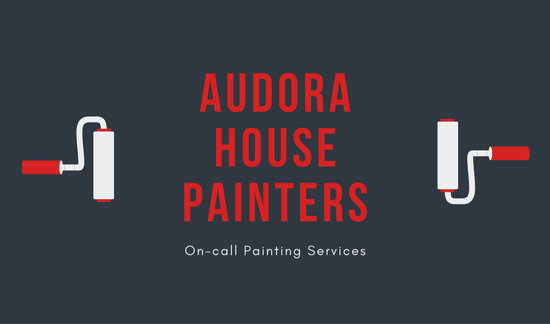Learn Exactly How Seasonal Variables Influence Industrial External Paint Success And Find The Very Best Times To Make Sure Lasting Outcomes For Your Job
Learn Exactly How Seasonal Variables Influence Industrial External Paint Success And Find The Very Best Times To Make Sure Lasting Outcomes For Your Job
Blog Article
Web Content Author-Aguilar Whalen
When you're planning a commercial outside painting job, seasonal aspects can make or break your outcomes. You'll intend to take into consideration how temperature and moisture impact paint application and drying out times. Selecting the best season can ensure your paint adheres correctly and lasts longer. However which seasons are absolutely the most effective for this kind of work? Allow's explore the crucial elements that can affect your job's success.
The Impact of Temperature on Paint Application
When you're planning a commercial external painting task, the temperature level can substantially impact how well the paint adheres and dries.
Ideally, you want to paint when temperatures range between 50 ° F and 85 ° F. If it's too cold, the paint might not cure appropriately, leading to concerns like peeling or splitting.
On the flip side, if it's also hot, the paint can dry as well rapidly, avoiding proper bond and resulting in an unequal coating.
You need to additionally take into consideration the moment of day; early morning or late afternoon provides cooler temperatures, which can be much more favorable.
Constantly examine the maker's recommendations for the specific paint you're using, as they commonly offer guidance on the suitable temperature level array for optimum outcomes.
Moisture and Its Impact on Drying Times
Temperature level isn't the only ecological element that affects your commercial exterior paint job; moisture plays a substantial duty as well. https://www.artnews.com/art-news/news/wall-paint-color-quarantine-1234574643/ can decrease drying times drastically, impacting the total top quality of your paint job.
When the air is saturated with moisture, the paint takes longer to cure, which can lead to issues like inadequate bond and a higher danger of mold growth. If you're repainting on a specifically moist day, be gotten ready for extensive delay times between coats.
It's important to keep track of regional weather and plan appropriately. Ideally, go for humidity degrees between 40% and 70% for ideal drying.
Maintaining these factors in mind guarantees your task stays on track and provides a lasting finish.
Best Seasons for Commercial Outside Paint Projects
What's the best season for your industrial exterior painting jobs?
Spring and early fall are usually your best options. During these periods, temperatures are moderate, and moisture levels are commonly lower, producing suitable conditions for paint application and drying out.
Avoid summer's intense heat, which can trigger paint to completely dry also quickly, bring about inadequate adhesion and surface. In a similar way, winter season's cold temperature levels can prevent correct drying out and healing, risking the longevity of your paint task.
just click the next web site for days with temperature levels between 50 ° F and 85 ° F for optimum results. Bear in mind to examine the regional weather prediction for rain, as damp problems can spoil your project.
Planning around these factors ensures your painting project runs smoothly and lasts longer.
Conclusion
Finally, intending your commercial exterior painting tasks around seasonal factors to consider can make a significant difference in the result. By scheduling work throughout the excellent temperatures and humidity degrees, you'll ensure far better bond and drying times. Bear in mind to watch on regional weather forecasts and select the correct time of year-- spring and very early loss are your best options. Taking these steps will certainly aid you attain a long lasting and specialist finish that lasts.
